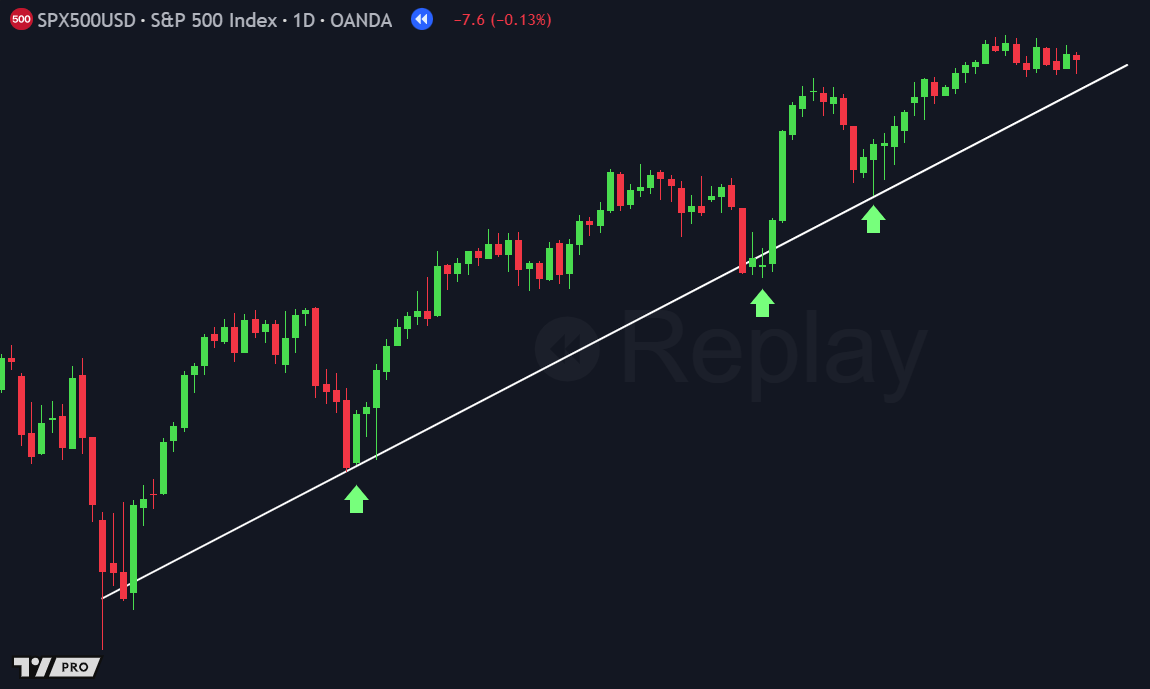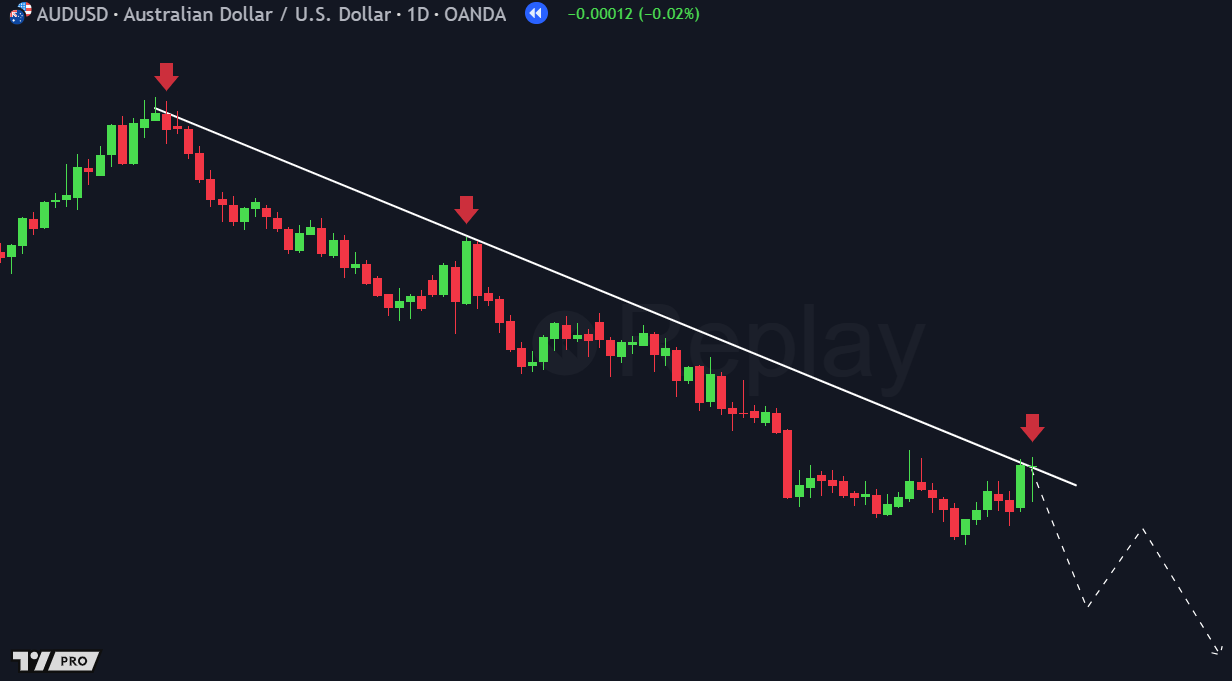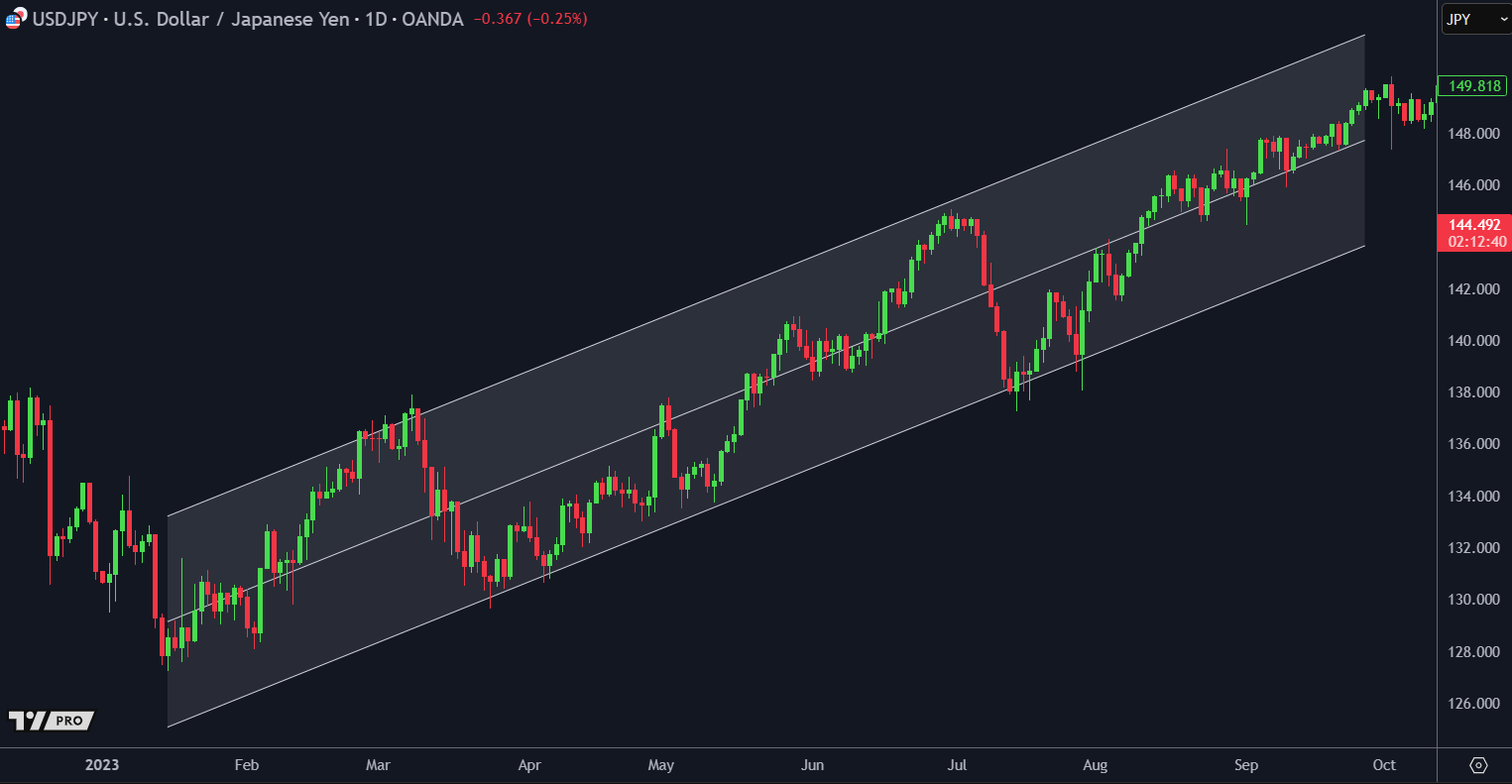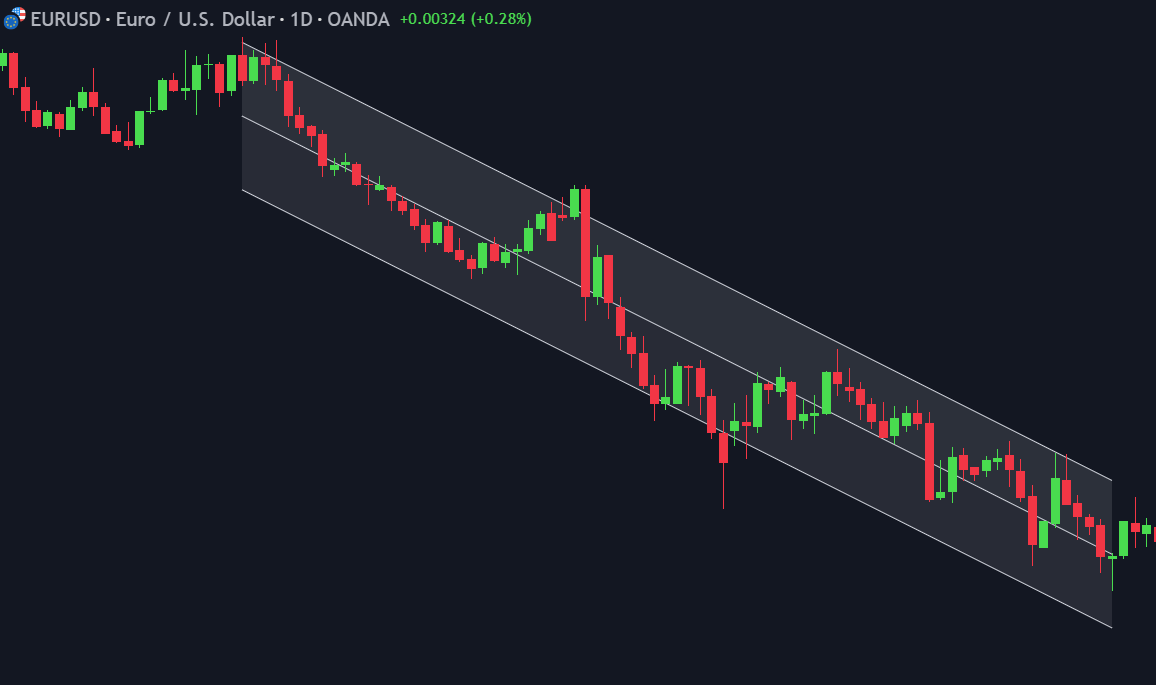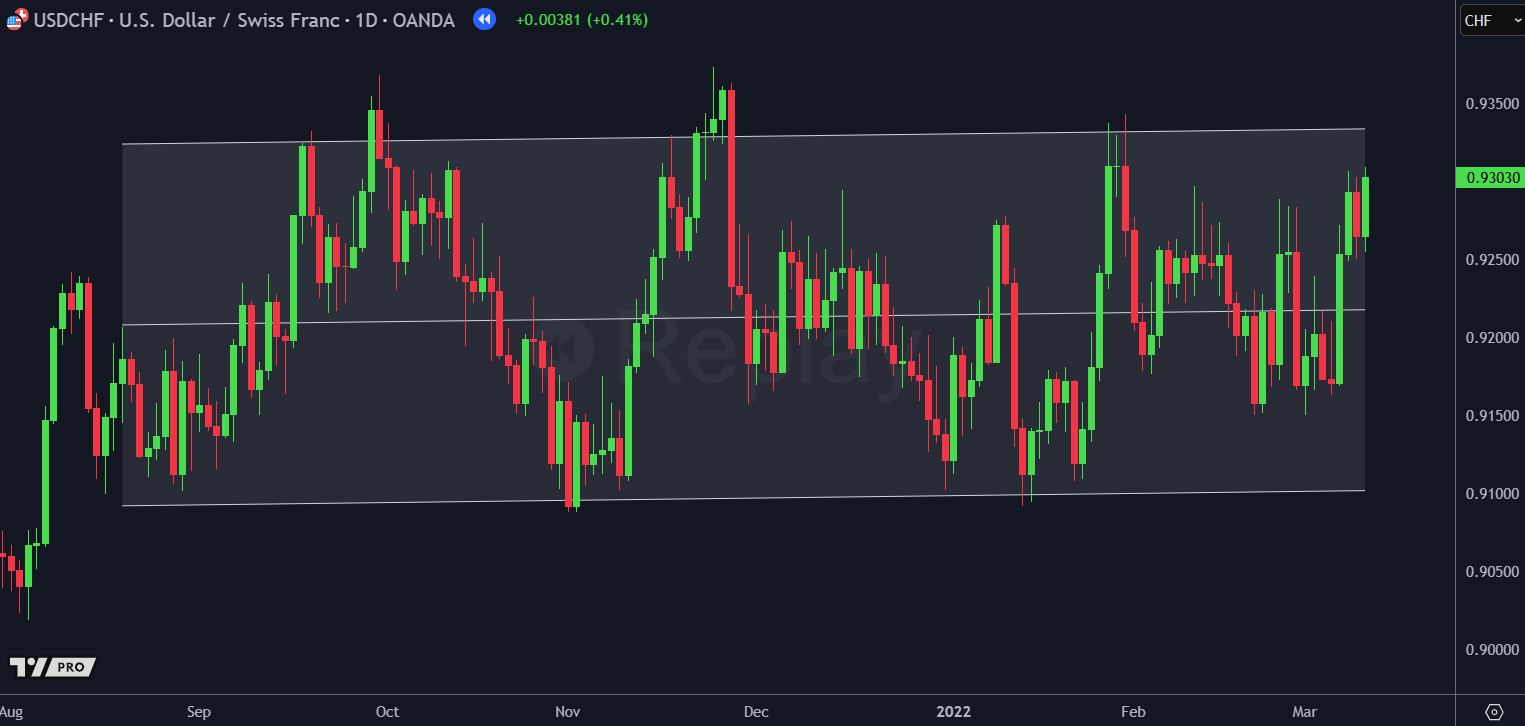Trendlines are a widely used tool among traders to identify patterns and potential trading opportunities in the price action of various assets, such as stocks, cryptocurrencies, or forex pairs. These straight lines connect two or more price points, helping traders to visualize channels, wedges, and other formations that indicate the direction of the market. While the drawing of trendlines can be somewhat subjective, they are invaluable in providing insights into market trends and potential breakout or consolidation zones.


